EXCALIBUR Site Characterization Case Studies
The EXCALIBUR partners / staff are proud to have been part of the following successful site characterization projects which exemplify the experience EXCALIBUR personnel bring its clients in this service area.
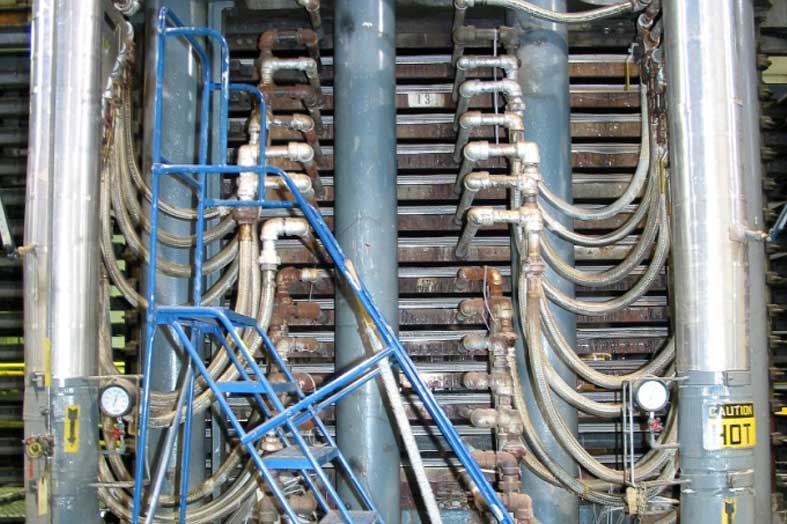
Case 1: PPC Nevamar – Multiple Facility Investigation.
An asset acquisition encompassing four manufacturing locations in two states was on a fast track to close a deal within a prescribed timeframe. EXCALIBUR was selected to perform baseline environmental site characterization activities to assist the managing counsel with understanding environmental liabilities associated with historical site high-pressure laminate manufacturing and other historical operations at each location and in most instances, spanning over 50 years. Given the plethora of environmental, construction, and demolition information, along with changes to manufacturing processes, EXCALIBUR closely collaborated with location management and EH&S personnel to conduct site inspections and interviews to identify areas of concern most likely to have been impacted by operations.
Read More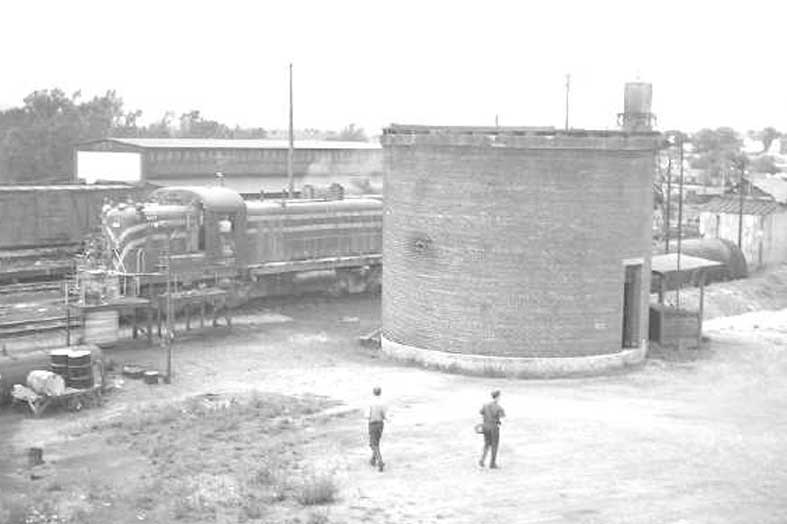
Case 2: Luzerne County Redevelopment Authority – Ashley Rail yard, Brownfields Investigation.
EXCALIBUR’s client, the Luzerne County Redevelopment Authority, hired EXCALIBUR to complete an environmental investigation of an 80-acre Brownfields site that had been used for rail yard operations closely tied to historical coal mining operations. The redevelopment authority sought an ACT 2 Relief of Liability as a Specialized Industrialized Area so that a 14-acre parcel could be developed and restored to productive use. EXCALIBUR initiated the process by…
Read More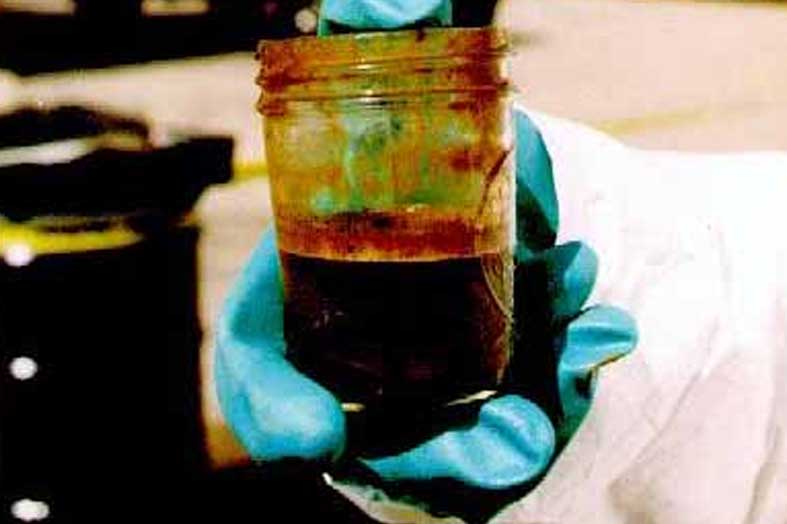
Case 3: Vertellus, Cleveland Site Investigations
As part of EXCALIBUR’s assignment to reduce environmental liabilities for a large multinational chemical manufacturer, our engineering team of professionals worked closely with Ohio EPA to remove RCRA Corrective Action obligations for a former chemical manufacturing plant encompassing 11-acres that operated in central Ohio from the late 1930s until the its demolition in 2000. Multiple site investigations determined soil and groundwater had been impacted with polynuclear hydrocarbons (PAHs) and benzene exceeding OEPA screening values with potential cancer risks for the outdoor and construction workers based on incidental ingestion and dermal contact with potentially carcinogenic PAHs in soil, and a potential cancer risk for the future indoor worker based on inhalation of benzene (vapor intrusion from groundwater).
Read More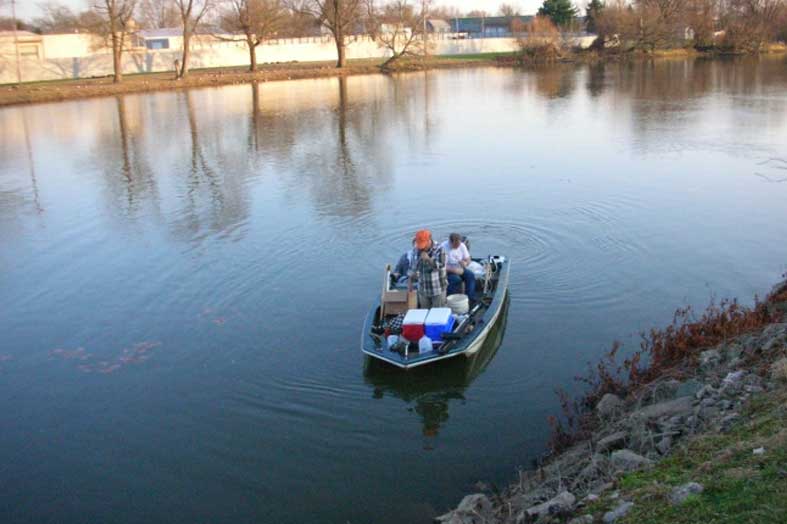
Case 4: Ecological Risk Assessment & River Sediment Sampling, Coal Tar Superfund Site, Ohio
EXCALIBUR was hired by the PRP for a ~4-acre coal tar Superfund site in Ohio to complete an Ecological Risk Assessment to evaluate the likelihood of adverse effects of sediment-associated contaminants (residual PAHs) to the aquatic communities found in the nearby river. The site had been used for 25 years as a coal tar refinery that had impacted groundwater with free-phase and dissolved coal tar. Initial response actions under the USEPA ROD included excavation and off-site thermal treatment of surface soil and river sediments and construction of a RCRA Subtitle D cap over on-site wastes, and hydraulic control and management of perched groundwater. EXCALIBUR was retained to collect river-bed sediment samples from eleven locations upstream (background), at outfall location, and downstream from the site outfall to evaluate potential ecological impacts. This included assembling and employing…
Read MoreCase 5: Vertellus, Big John Stream Bed Sediment Sampling
For the Big John Superfund site in West Virginia, EXCALIBUR conducted sampling of river bed sediments adjacent to the site. The sampling plan called for collecting river bed samples at specific geographic coordinate locations. A GPS system was used by EXCALIBUR to direct the sampling boat to the exact locations specified in the plan. Complications included maintaining the boats position in the swift current and minimal sediment in certain location due to river scouring. Additional complications arose when the boat propeller blade failed and needed to be replaced. Despite the set backs and complications, discrete river bed samples were successfully retrieved and packaged for laboratory analysis within the 1 week allowed in the schedule and within project budget.
Read More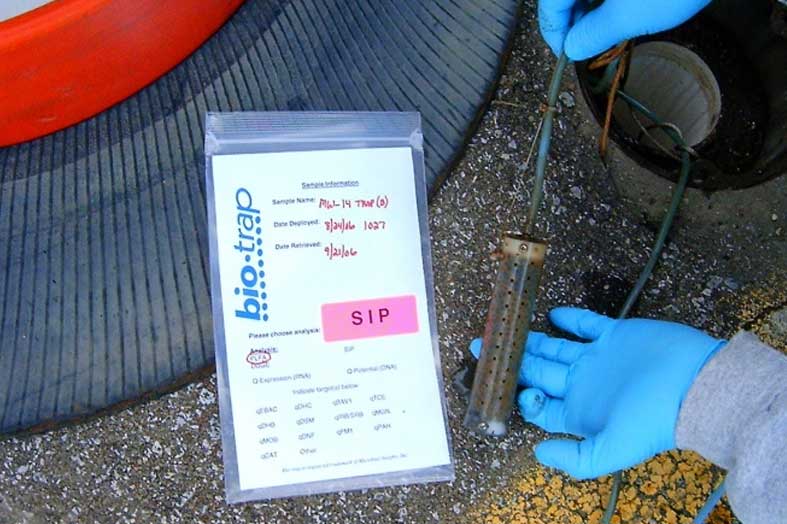
Case 6: Petroleum Retail Facility, Uniontown, PA
EXCALIBUR was enlisted by an insurance client to complete forensics on an environmental project that had gone awry and to get the project back on track. Almost $0.5M and half the claim limit had been spent on the petroleum contaminated site in western Pennsylvania and yet the site we not yet fully characterized. EXCALIBUR’s client was concerned with the rate of expenditures and the ability to complete the cleanup cost effectively. A review of the case quickly led EXCALIBUR to conclude that the interim remedial measures underway by the consultant (short-term, limited spot vacuum extraction events) were technically ineffective and were largely responsible for the mounting and unsustainable costs. Cost projections run by EXCALIBUR also led EXCALIBUR to conclude that the insurance claim ceiling would be exceeded if the stated cleanup goals were not changed to more relaxed, regulatory compliant risk-based, site-specific cleanup standards.
Read More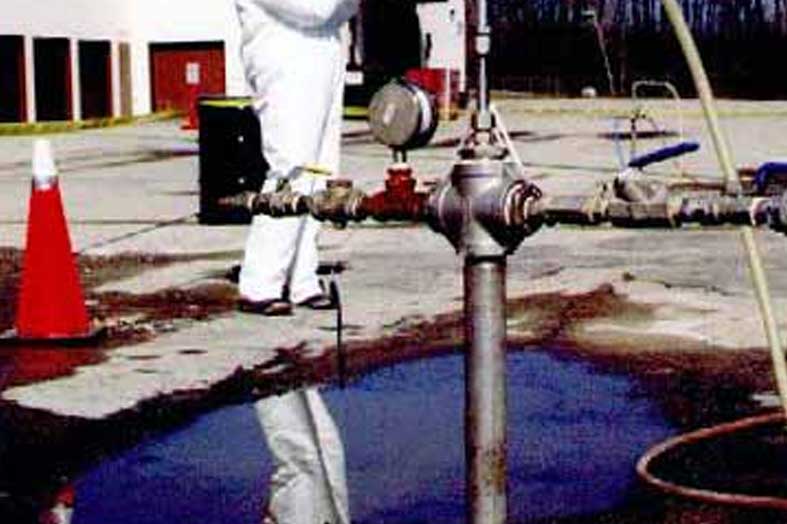
Case 7: Car Wash facility, Westchester, PA
EXCALIBUR was asked to help rescue a cleanup project at a highly contaminated ~1-acre car wash facility site in a mixed commercial / residential area when the environmental insurer determined that the cleanup was headed in the wrong direction. More than 6 years had gone by, over $330,000 had been spent, an NOV had been issued by the state for non-compliance, free phase product was consistently present on groundwater beneath the site and there was negligible remedial progress. While a free product recovery trench had been installed along the property boundary, scant product recovery had occurred and source material was left unaddressed. Additionally, the consultant had spent over $100,000 on an inadequate remedial action plan which took over 3.5 years to produce all the while incurring mounting monitoring and reporting and site maintenance costs. EXCALIBUR’s insurance client sought EXCALIBUR to…
Read More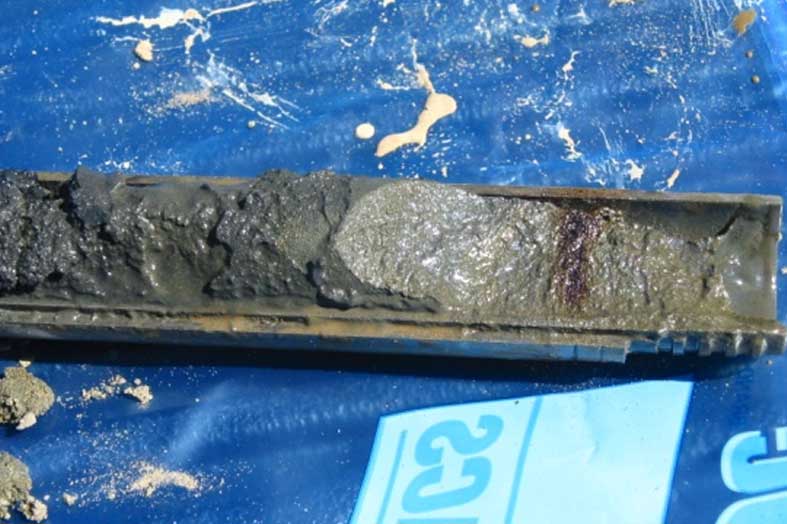
Case 8: Bus Servicing / Repair Facility, Atlasburg, PA
A gasoline spill at a bus servicing / repair facility in rural Atlasburg, PA which contaminated groundwater with free product and threatened a nearby potable well led to various environmental responses by the owner and his consultant. While some progress had been made, red flags were raised when the site still had not been appropriately characterized 5 years after the release occurred and nearly $300,000 had been spent. The delay in addressing the spill was a serious concern of the site regulatory agency. The owner’s insurer and holder of most of the environmental liability, was also uneasy about mounting costs. But there were even more technical issues of concern to the interested parties including: (a) the highly contaminated soils excavated from the UST field had been pushed back into the excavation without treatment; (b) costly short-term extraction events being performed produced no documentation of recovered free product or contaminant mass / performance;…
Read More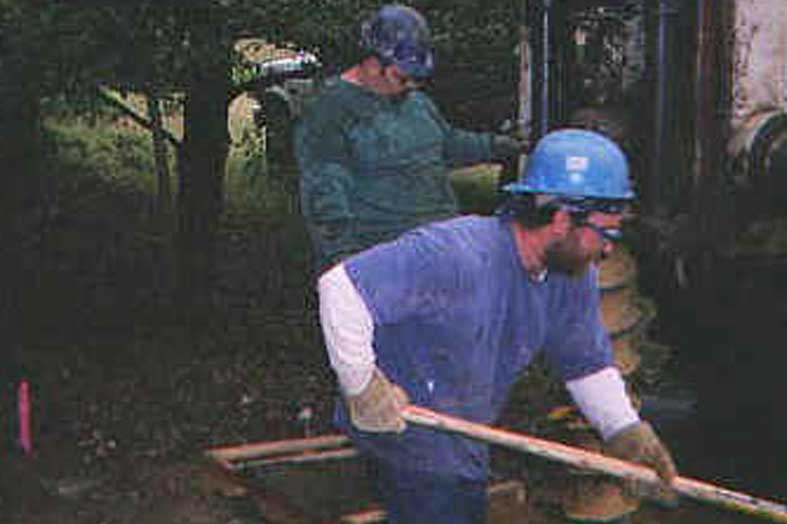
Case 9: Petroleum Retail Facility, Windgap, PA
EXCALIBUR was tasked by an insurance client to complete a detailed site characterization of a catastrophic diesel fuel release exceeding several thousand gallons that crossed several commercial and city owned properties. Our efforts detailed on-site and off-site physical, chemical, hydrogeologic, and biological processes affecting the distribution and migration of dissolved and light non-aqueous phase liquids (LNAPL). Claim expenditures were near their $1M policy limits with no end point in sight. EXCALIBUR’s characterization results were used to develop a fate and transport model for groundwater and surface water to assist with our risk evaluation that identified exposure pathways eventually used to assess and select cost-effective remedial alternatives for implementation to not only reduce subsurface petroleum contamination and to remove exposure pathways but to keep the remaining site remediation costs within the policy limits. Alternative investigation tasks used high resolution gas chromatography to ascertain the type and age of the petroleum constituents most susceptible to biodegradation, collected real time geochemical parameters that indicated naturally occurring petroleum degrading anaerobic and aerobic microbes within the petroleum dissolved plume, installation of multiple well clusters to determine vertical groundwater gradients within the saturated subsurface affecting plume…
Read MoreCase 10: Gasoline Retail Facility, Glassport, PA
Almost six years had gone by since contamination discovery and over $250,000 spent on site investigation and interim remedial measures when EXCALIBUR was asked by an insurance client to get the cleanup of an automotive repair facility in Glassport, PA back on track. Gasoline spill(s) at the facility had contaminated groundwater on- and off-site in a mixed residential / commercial / industrial area. By the time EXCALIBUR became involved, the insured’s consultant had installed 27 on- and off-site monitoring wells and had completed interim remedial measures for 18 months but still had not fully characterized the site or written a Site Characterization Report required under PADEP regulations. Meanwhile, third party litigation liability concerns lurked with off-site properties remaining contaminated. EXCALIBUR’s insurance client’s concerns were only heightened by the insured’s consultant’s interim dual-phase vacuum extraction events conducted once every three months for 18 months when the consultant admitted that the attention only appeared to result in “…slightly reduced contaminant concentrations in on-site wells…” and conversely higher concentrations in off-site wells. Excessive soil impacts remained beneath a large portion of the property while dissolved-phase contaminant concentrations significantly above the SHS extended over 200 feet beyond the property boundary. The insured’s attorney noted that the insured was “….completely dissatisfied…” with his consultant and “…the propriety of its billing…” and was “…anxious that another consultant be retained…”.
Read More